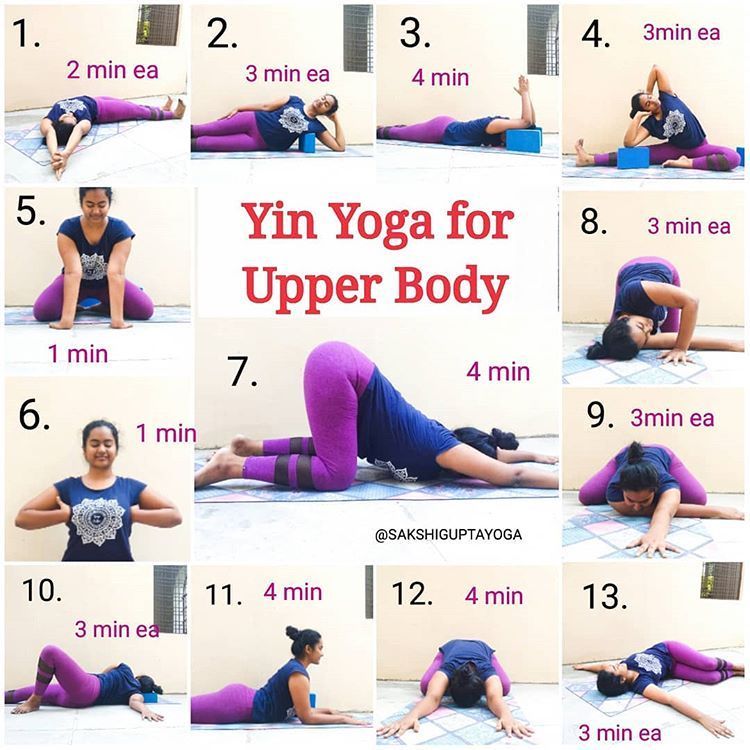
Yoga is known for its many health benefits. The physical benefits of yoga are varied, but the main benefit of this ancient exercise is the overall physical fitness it provides. A well-toned body is characterized by strong muscles and lower body fat. This is easily seen in the mirror. Many people are looking to tone up their arms, legs and abs. But did you know that yoga can tone your entire physique? You don't need expensive equipment like a gym membership to do yoga.
A few poses in yoga can tone the body. Paripurnanavasana, or boat posture, is a great way to tone your abdominal muscles and strengthen your vertebrae. The thigh-shaping trikonasana targets the thigh muscles and shapes the thighs. Other common asanas include child's pose (balasana), downward-facing dog posture (adho mukha svanasana), and chaturanga dandasana.

As with all forms of exercise, yoga cannot be substituted for weight training and aerobic exercises. Yoga exercises are designed to improve flexibility, core strength, flexibility, and leg strength. It can also help improve mental balance and strengthen the mind. Whether you do a full-body workout or just a few minutes every other day, you'll notice a significant change in your body. It can make your clothes look better. However, yoga's greatest benefit is best seen through the eyes.
Another advantage of yoga is the flexibility and strength-building properties. Yoga involves strengthening and stretching various parts of the body. This leads to greater flexibility and balance. And since yoga focuses on the mind and body as a whole, it's an excellent addition to any exercise routine. And, unlike traditional cardio workouts, yoga will not only tone your body, but also increase your confidence levels and improve your mental health.
While you may not feel like a yoga instructor is the best way to tone your body, it will make you look younger and taller. Regular yoga practice will improve your posture and make you more attractive. Your muscles will grow stronger the more you practice yoga. This form of exercise can improve flexibility and balance. In addition to toning your body, yoga is also good for your mind.

Yoga is a gentle, low-impact form of exercise. There's no need for special equipment to do yoga. It can help improve flexibility, balance and symptoms of mental disorders. You can tone your muscles by using your body weight to strengthen or stretch your muscles. This will reduce your chances of developing depression. It can help you focus on your thoughts, and allow you to perceive the external and internal worlds. Regular yoga practice can make you more beautiful.
FAQ
What can I do to boost my immune system?
Human bodies are made up of trillions upon trillions of cells. Each cell is responsible for creating organs and tissues with specific functions. A cell that dies will be replaced by another. Hormones, which are chemical signals that allow cells to communicate with one another, enable them to do so. Hormones regulate all bodily functions from growth and developmental to metabolism and immunity.
Hormones, chemicals that are secreted throughout the body by glands, are chemicals. They travel through bloodstreams and act as messengers that control the function of our bodies. Some hormones are produced internally while others are made outside of the body.
When a hormone-producing gland releases their contents into the bloodstream, hormone production begins. Once hormones have been released, they travel through the body until reaching their target organ. Some hormones are only active for a brief time. Other hormones stay active longer and continue to influence the body's functioning even after they leave the bloodstream.
Some hormones are made in large quantities. Others are produced in smaller amounts.
Some hormones are made at certain times in our lives. Estrogen is one example. It's produced in puberty, pregnancy and menopause. Estrogen helps women develop breasts, maintain bone density, and prevent osteoporosis. It helps to stimulate hair growth and maintains skin's softness.
How does an anti-biotic work?
Antibiotics are drugs which destroy harmful bacteria. To treat bacterial infections, antibiotics are used. There are many options for antibiotics. Some are given orally, while some are injected. Other antibiotics are applied topically.
People who have been infected with certain germs may need antibiotics. To prevent shingles, an oral antibiotic may be prescribed to someone who has had chicken pox. A penicillin injection might be given to prevent pneumonia in someone who has had strep.
Doctors should prescribe antibiotics to children. Children are more susceptible to side effects from antibiotics than adults.
Diarrhea being the most common side effect of antibiotics. Other possible side effects include diarrhea, nausea and vomiting, allergy reactions, dizziness, dizziness, stomach cramps, nausea, vomiting or allergic reactions. These symptoms usually go away after treatment ends.
Why is it important that we live a healthy and happy life?
Living a healthy lifestyle can help you live longer and more happy lives. Good nutrition, exercise regularly, good sleep habits, stress management and healthy lifestyle can help you avoid heart disease and stroke.
A healthy lifestyle will also improve our mental health by helping us cope better with everyday stresses. A healthy lifestyle can also help you feel and look younger.
Statistics
- WHO recommends reducing saturated fats to less than 10% of total energy intake; reducing trans-fats to less than 1% of total energy intake; and replacing both saturated fats and trans-fats to unsaturated fats. (who.int)
- WHO recommends consuming less than 5% of total energy intake for additional health benefits. (who.int)
- In both adults and children, the intake of free sugars should be reduced to less than 10% of total energy intake. (who.int)
- According to the Physical Activity Guidelines for Americans, we should strive for at least 150 minutes of moderate intensity activity each week (54Trusted Source Smoking, harmful use of drugs, and alcohol abuse can all seriously negatively affect your health. (healthline.com)
External Links
How To
What does the term "vitamins" mean?
Vitamins are organic compounds naturally found in food. Vitamins are essential for our bodies to absorb nutrients from the foods we eat. Vitamins cannot come from the body so food must provide them.
There are two types: water-soluble and fat-soluble vitamins. Water-soluble vitamins dissolve readily in water. Examples include vitamin C,B1 (thiamine), B2 (riboflavin), B3 (niacin), B6 (pyridoxine), folic acid, biotin, pantothenic acid, and choline. Fat soluble vitamins are stored in the liver and fatty tissue. Examples include vitamin D, E, K, A, and beta carotene.
Vitamins are classified according their biological activity. There are eight main groups of vitamins.
-
A - Vital for normal growth and maintaining good health.
-
C is important for nerve function and energy production.
-
D - Essential for healthy teeth and bones.
-
E - Required for good vision & reproduction
-
K - Essential for healthy muscles and nerves.
-
P - Essential for strong bones and teeth.
-
Q - Aids in digestion and absorption.
-
R - Required for red blood cell production
The recommended daily allowance for vitamins (RDA) varies based on gender, age, and physical conditions. The U.S. Food and Drug Administration (FDA) sets the RDA values.
For adults over 19 years, the RDA is 400 mg per day for vitamin A. Pregnant women require 600 micrograms daily to support fetal development. Children ages 1-8 require 900 micrograms per day. Children under 1 year old require 700 micrograms daily, while infants over one year old need 500 micrograms every day. This decreases between 9 and 12 months.
Children between the ages of 1-18 need 800 micrograms per daily for obesity, while children overweight require 1000 micrograms. Children underweight or obese will need 1200 mg per day.
Children ages 4-8 years who have been diagnosed with anemia need 2200 micrograms per day of vitamin C.
2000 micrograms is the minimum daily intake for adults over 50 years old to maintain good health. Because of their higher nutrient needs, women who are pregnant or nursing need 3000 mg per day.
Adults over 70 need 1500 micrograms daily, as they lose 10% of their muscle every ten years.
Women who are pregnant, nursing or breastfeeding need more than the RDA. Pregnant women require 4000 micrograms daily during pregnancy, and 2500 micrograms every day after birth. Breastfeeding mothers need to consume 5000 micrograms every day when breastmilk has been produced.